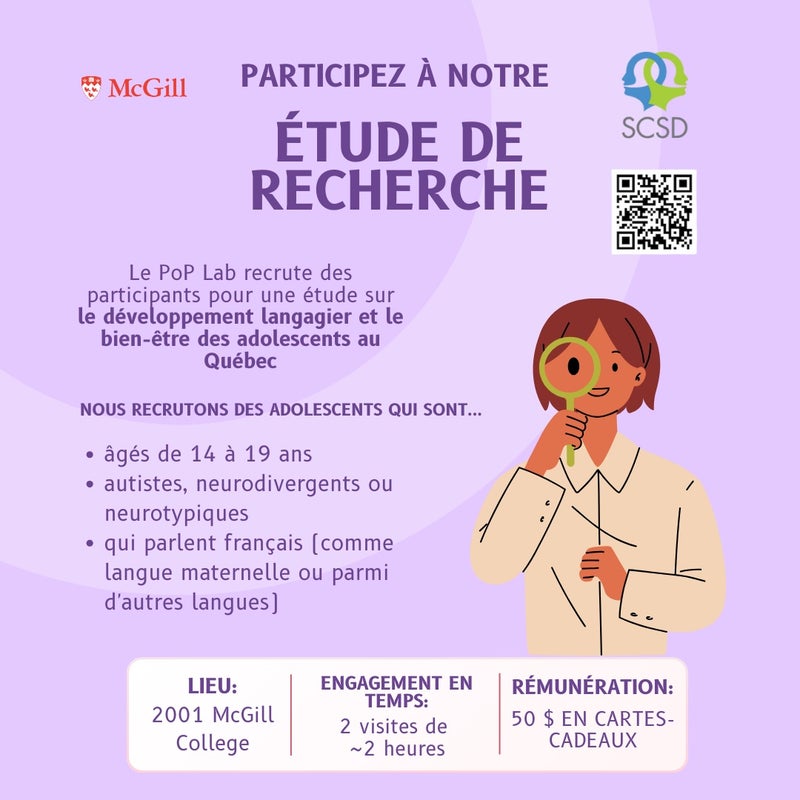The practice – and beauty – of "glimmers"

By Janet Silverstone Perlis
Throughout the day, our nervous system is continuously filtering input from our environment and experiences. To help protect us, our internal “smoke detector” interprets this information as cues to help us differentiate what is safe and what is a threat. When we perceive something as a threat, our bodies react in ways that prepare for danger. But we also know our bodies react in different ways when we perceive something as safe and calming, and the mental health professional community is giving increased attention to this positive type of trigger, known as “glimmers.”
First, let’s look more closely at triggers. When we perceive a threat, our automatic nervous system is activated, creating an extra release of adrenalin and cortisol, which in turn, prompts a cascade of changes in our body, including elevated heart rate and blood pressure – and a state of increased vigilance. These reactions are part of our survival mechanism to help us defend ourselves against stressors and dangers.
This response is extremely helpful if we are, in fact, in danger and need to react in the moment. Registering something that we perceive as a threat will bring about the same alarm reaction. These are the cues we refer to as “triggers” and may prompt the fight-flight-freeze response, a series of physiological changes, amongst other things, that can cause anxiety and influence our moods and mental state.
Now, onto “glimmers:” This is a positive psychological reaction that cues us to feel safe, calm and connected. “Glimmers can help calm the nervous system and return us to a regulated state,” explains Abby Rawlinson, a registered therapist with the British Association for Counselling and Psychotherapy. They can help us counteract the negative fallout that triggers elicit in us. The term glimmers was first described in the book Polyvagal Theory in Therapy: Engaging the Rhythm of Regulation (2018) by Deb Dana, a clinical social worker and trauma specialist. She based her work on that of Dr. Steven Porges, who wrote about the Polyvagal theory.
Glimmers are activated by our sympathetic nervous system, which regulates our body’s response to a stressful situation, infusing us with a sense of calm. “You feel something happen inside. There is an energy that happens around a glimmer and then your brain marks it as well,” Dana said in a USA Today article in 2022.
Most importantly, glimmers can help us increase our ability to manage the stress and strain that is associated with our triggers. Glimmers are micro moments that begin to shape our system in very gentle ways. Recognizing those small positive moments experienced repeatedly can have a major impact on helping us self-regulate and calm in the face of stress. “This shift....can have a beneficial impact on our mind and health.” (Sara M. Moniuszko March 2022 USA Today.)
As glimmers are more subtle than triggers, it is helpful for us to pay attention to these mini-positive moments.
Glimmers are specific to each person and do not require making a major change. It is just noticing and bringing to awareness experiences, feelings or interactions that can help us feel centered again.
How to find your glimmers
The key is to highlight the small things that can evoke a sense of calm in you. It is capturing the tiny and pleasant moments that are unique to each of us in our everyday lives. It can be as simple as noticing a beautiful flower as you walk in your neighbourhood, listening to the sound of rain dripping on leaves, smelling something tasty cooking in the oven, exchanging a smile with someone who passes you on the street, unexpectedly having someone engage in a kind gesture.
Often people find that glimmers involve one or more of our five senses.
- Hearing: Sounds through music, songs, nature (bird calls, the ocean), children’s laughter
- Touch: Specific textures, repetitive moments, snuggling under a blanket, being in water
- Sight: Looking at pictures
- Smell: Exposure to a scent that is calming or nostalgic
- Taste: Comforting or familiar flavours associated with positive memories.
Bringing glimmers to children
Glimmers help bring us back to a feeling of safety and calm in our body. Parents can help evoke glimmers in their children by making positive connections for them, for example, connecting with the outdoors and experiencing a moment of beauty that nature provides, such as finding a rainbow after the rain or watching the sky during sunset. These can become moments of wonder for children and are true examples of glimmers. Connecting with children through music can be uplifting for them and bring them a feeling of calm. Hugging a pet can elicit a glimmer. Saying kind words or smiling at children makes an interpersonal connection that elicits peace. Engaging in traditions and rituals, such as baking or helping with chores can provide a sense of accomplishment - another type of glimmer.
To learn more about glimmers on Deb Dana’s website: www.rhythmofregulation.com/glimmers.
Prevention Promotion website
A new website created by professionals in the Student Services department at the English Montreal School Board (EMSB) in September 2022 is a trove of information on resources related to mental health. Prevention Promotion, intended for educators but available to everyone, is a one-stop place for anyone passionate about improving mental health and building positive environments in schools. The site offers a comprehensive list of resources by category: mental health, violence prevention, scholarships and mentorships, academic support, as well as EMSB internal resources and dozens of community groups. - Sue Montgomery
C.A.F.E. service for families in crisis
A service for families with children aged 0-17 who are in serious crisis is available 24 hours a day, seven days a week. C.A.F.E. (Service Crise-Ado-Famille- Enfance) is aimed at avoiding placement with child protection services by having a team of social workers and educators work with families. The C.A.F.E. website outlines some suggested steps for someone in crisis, starting with calling 811 or contacting their local CLSC. The service, offered by the Integrated Health and Social Services University Network for West-Central Montreal (CIUSSS West- Central Montreal) provides a social worker to provide advice, answer questions or suggest useful resources. In some situations, a social worker will visit the site of the crisis, such as a school or home, to try to find an appropriate solution. - Sue Montgomery









